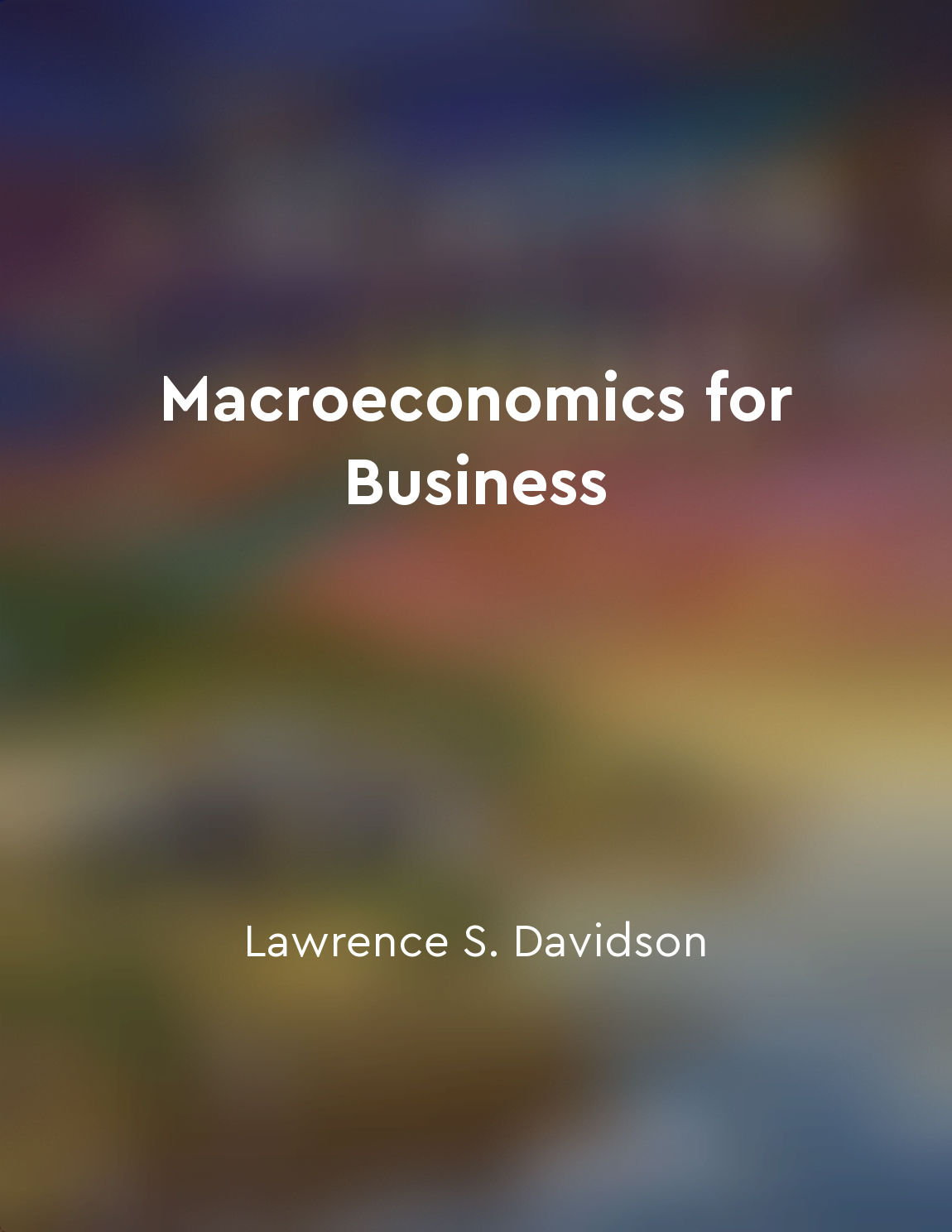The gold standard constrained policymakers' ability to adjust the money supply from "summary" of A Monetary History of the United States, 1867-1960 by Milton Friedman,Anna Jacobson Schwartz
The gold standard was a system in which the value of a country's currency was directly linked to a specific amount of gold. Under this system, the government was required to hold a certain amount of gold reserves to back its currency. This meant that the money supply was tied to the amount of gold held by the government, limiting policymakers' ability to adjust it as needed. Because the money supply was tied to gold reserves, policymakers had to ensure that the amount of money in circulation corresponded to the available gold reserves. If the government printed too much money relative to its gold reserves, it risked running out of gold and being unable to redeem its currency at the set exchange rate. This constraint limited policymakers' ability to stimulate economic growth by increasing the money supply during times of recession. Conversely, if the government did not print enough money relative to its gold reserves, it risked creating deflation and making it more difficult for businesses and individuals to access credit. This could also have negative effects on economic growth. Thus, the gold standard forced policymakers to prioritize maintaining the fixed exchange rate over other economic objectives. The gold standard also limited policymakers' ability to respond to external shocks or changes in the global economy. For example, if a country experienced an influx of gold due to increased gold production in other countries, policymakers would be required to increase the money supply to prevent deflation. However, under the gold standard, this was not always possible, as the government would need to have enough gold reserves to back the increase in the money supply.- The gold standard constrained policymakers' ability to adjust the money supply by tying it to gold reserves. This limitation could have negative effects on economic growth and stability, as policymakers were forced to prioritize maintaining the fixed exchange rate over other economic objectives.
Similar Posts
Prices fluctuate based on market conditions
In economics, prices are not fixed entities but rather dynamic variables that respond to changes in market conditions. This mea...
Sound money is crucial for economic growth and prosperity
The concept that sound money is crucial for economic growth and prosperity is a fundamental principle that has been understood ...
Financial regulation aims to prevent market failures
Financial regulation plays a crucial role in maintaining stability and efficiency in financial markets. One of the primary obje...
The business cycle shows economic fluctuations
The business cycle is a concept that captures the natural ebb and flow of economic activity over time. It reflects the cyclical...
Skills development is essential for enhancing productivity
Skills development plays a crucial role in driving productivity growth within an economy. The acquisition of new skills and the...

Interest rates reflect time preferences
Interest rates reflect time preferences because they represent the price of time in the market. Time preferences refer to how i...

Economic growth vital for business sustainability
Economic growth is a fundamental factor for ensuring the long-term sustainability of businesses. When an economy is growing, it...
Economic indicators play a significant role in currency value
Economic indicators are crucial pieces of information that can greatly impact the value of a currency. These indicators provide...

Financial regulations aim to protect investors and maintain stability
Financial regulations are put in place with the primary objective of safeguarding investors and ensuring the overall stability ...
Savings equals investment in an economy
In an economy, savings and investment are two sides of the same coin. When individuals save a portion of their income, they are...

